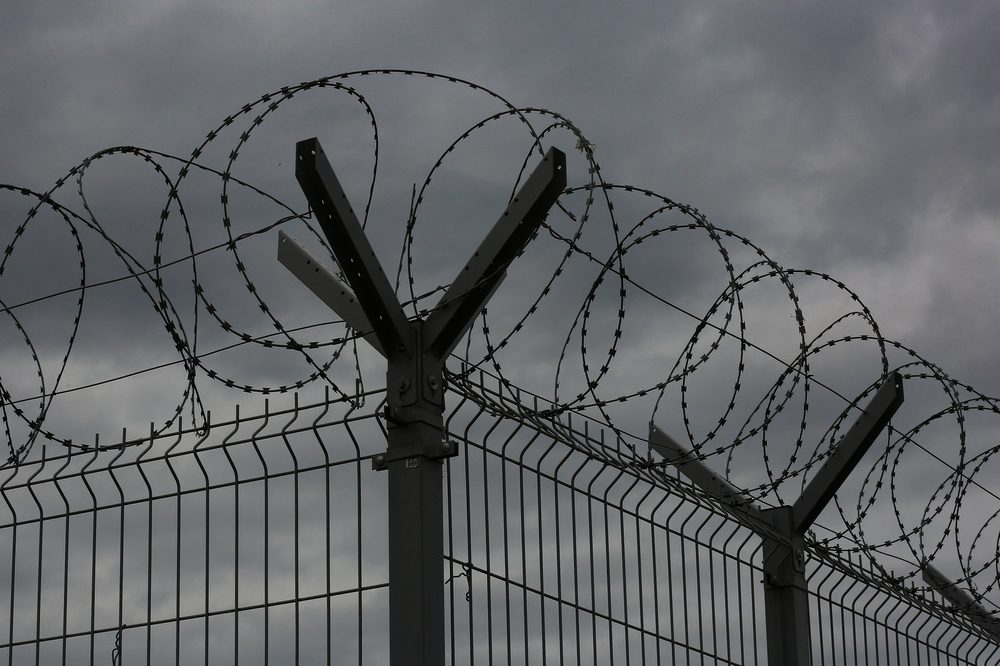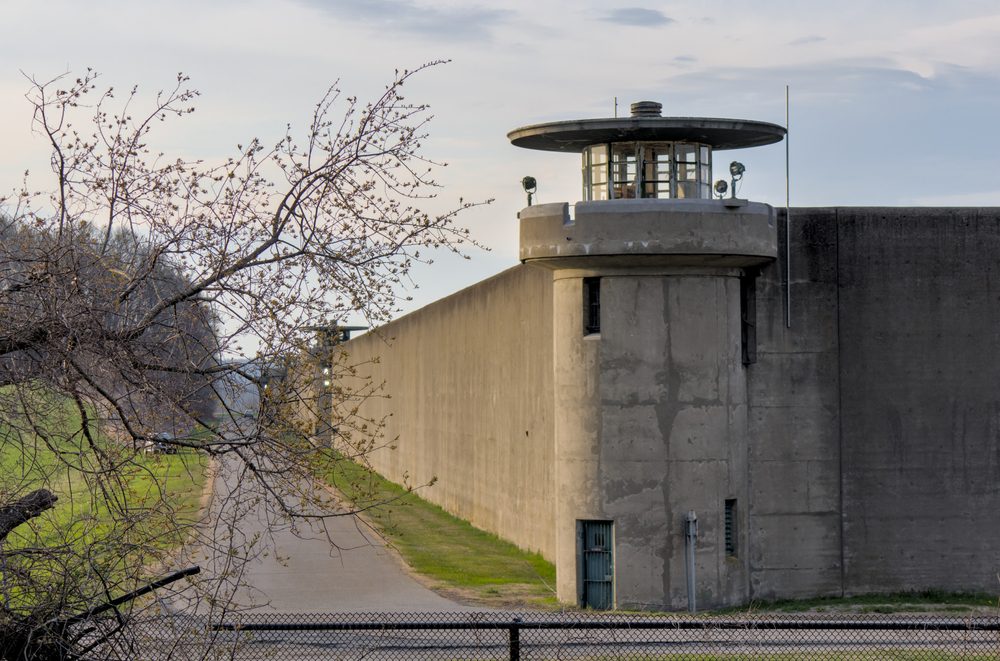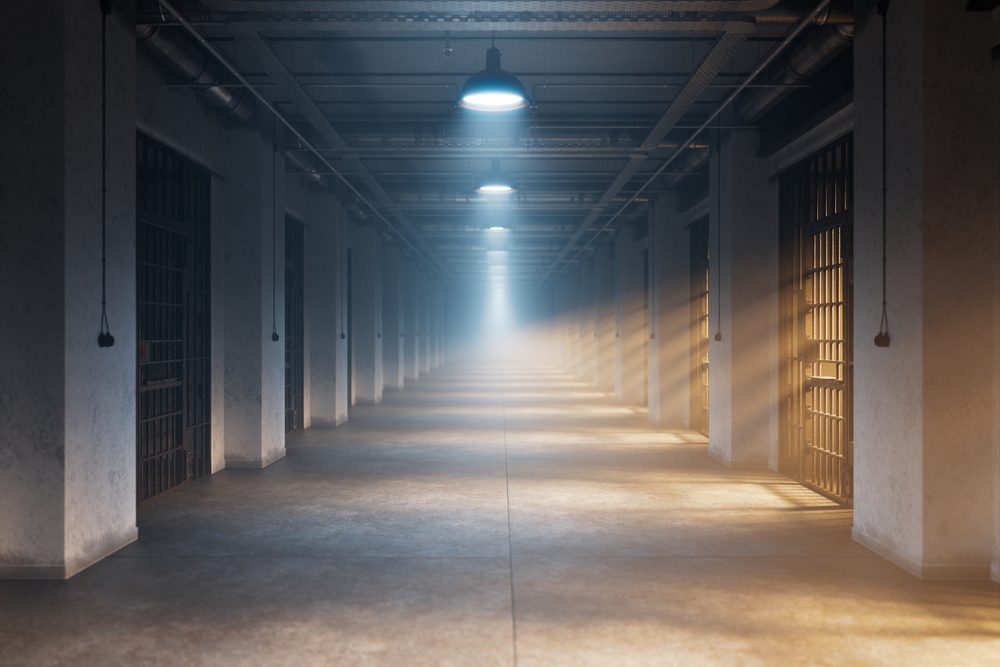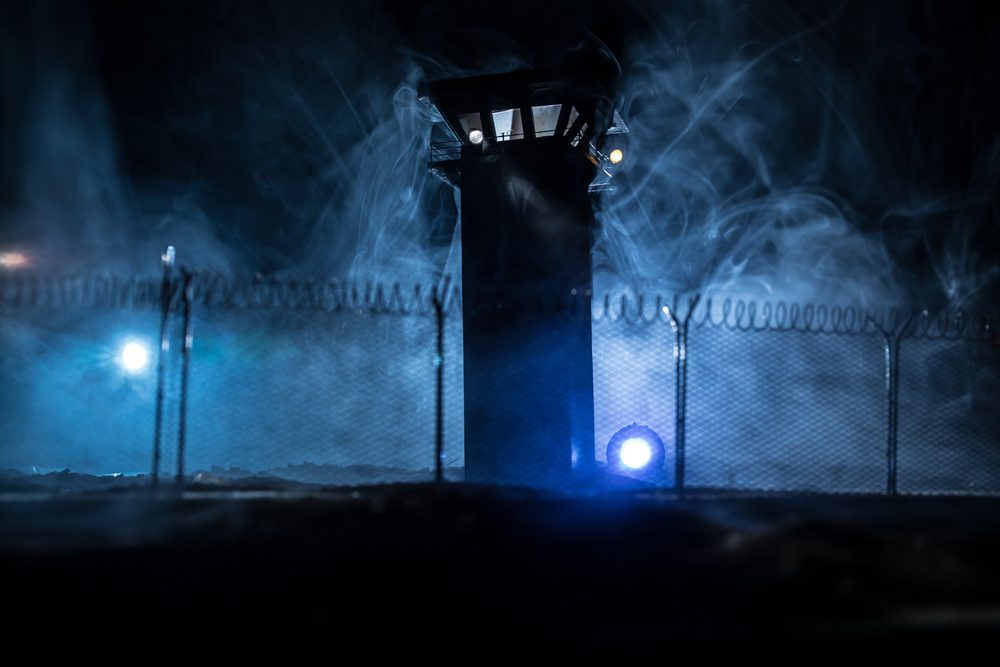
For decades, the U.S. has called mass incarceration a policy problem.
In reality, it’s a business model. Two private corporations — GEO Group and CoreCivic — have built empires out of locked doors, guaranteed occupancy, and taxpayer money.
They don’t profit from justice. They profit from volume.
The Big Two

GEO Group
The biggest private prison operator in the United States. GEO controls or manages nearly 100 facilities with more than 80,000 beds. In 2024, they pulled in $2.42 billion in revenue, reporting more than $600 million in Q1 2025 alone. Their biggest clients: ICE and the U.S. Marshals Service. Even after restructuring, GEO still posted $31.9 million in profit last year. Every detention extension or immigration surge hits their bottom line like a stock bump.
CoreCivic
Once known as Corrections Corporation of America, CoreCivic is GEO’s only real rival. They operate over 65,000 beds across 19 states. 2024 revenue: $2 billion. Q2 2025: $538 million, up nearly 10 percent year-over-year. Their model’s simple — own the building, lease it back to the state, and collect government checks whether or not the cells are full.
The Mechanics of Profit

Private prisons are paid by the head — not the hour, not the outcome. Contracts often include “bed guarantees”: clauses that force states to pay for 80 to 100 percent capacity even when population falls. GEO and CoreCivic don’t gamble on crime rates — they hedge them. The less reform, the more stable the profit.
The Hidden Economy

- Phone calls and commissaries: Inmates’ families pay dollars per minute to stay connected. Those cuts flow straight to facility partners.
- Prison labor: Inmates earn cents on the hour producing goods for state programs and private firms. Estimated annual output: $11 billion.
- Federal detainees: ICE, U.S. Marshals, and DOJ collectively spend around $4 billion a year on outsourced beds and contracts.
- County kickbacks: Rural jails house federal detainees as a revenue lifeline — empty cells can crash a local budget overnight.
The Public Side

State and federal prisons aren’t technically profitable, but they keep vendors busy. Construction, food service, healthcare, and tech surveillance all feed from an $80 billion a year pipeline. The moral math stays the same: someone always makes money off someone else’s sentence.
Why It’s Growing Again

The reform chill is over. Immigration crackdowns, tougher sentencing talk, and federal contract renewals have reignited private-prison growth. GEO and CoreCivic stocks have climbed 20-plus percent since mid-2024. The more Washington leans on “law and order,” the more the shareholders smile.
What Could Break It

- State-level early-release programs that drain beds overnight.
- Federal reform pressure that bans bed guarantees.
- Tech replacements — ankle monitors, home detention, and AI surveillance — that undercut the need for brick-and-mortar confinement.
Prediction Take

The prison industry isn’t slowing; it’s consolidating. GEO and CoreCivic have turned incarceration into a subscription service — predictable, scalable, recession-proof. Unless states rewrite the contracts or Congress kills the guarantees, America’s prison economy will keep doing what it was built to do: stay full, stay funded, and stay profitable.
























